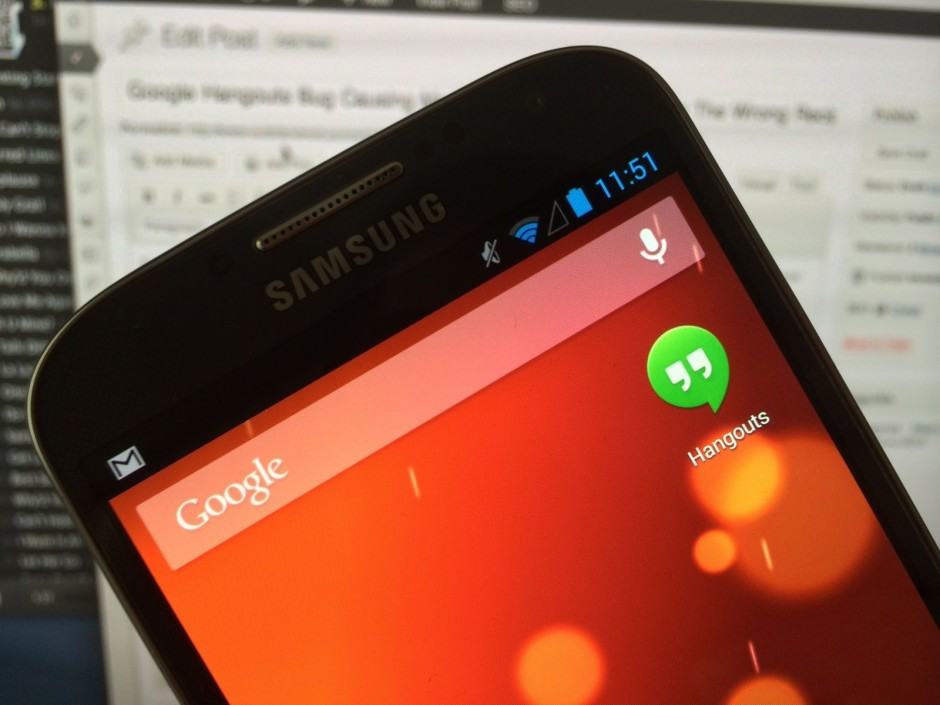Google rules every Android maker must follow

Ever wondered why every Android-powered smartphone you’ve ever bought comes with a Google search widget on its home screen, or why not just one, but almost every Google app that’s available comes pre-installed? Well, these are just a couple of the Google rules that handset makers must follow if they want to provide Google services with their products.
Android may be an operating system that provides manufacturers (and developers and users) with more freedom than any other mobile platform, but that doesn’t mean there aren’t strict guidelines that need to be followed.
The Mobile Application Distribution Agreement, or MADA, outlines some of the things manufacturers like Samsung, HTC, and Sony must do if they want to pre-install apps like Gmail, YouTube, or Google Maps on their devices.
One of the rules says that those Google apps cannot be installed on their own. If manufacturers want to pre-install Google Play, they also have to install a plethora of other Google apps, including Google Drive, Google Maps, Gmail, Play Movies, Play Music, and even Play Newsstand.
In addition, they must install the Google Search widget, and both that and the Play Store icon “must be placed at least on the panel immediately adjacent to the Default Home Screen.” Google must also be the default search engine on all devices.
Of course, there is an open-source version of Android that manufacturers could use, which doesn’t have such strict licensing terms. But this comes with other limitations — like no Play Store. And let’s face it, who wants an Android device with no Play Store?
Fortunately, unlike carriers, Google gives Android users the freedom to decide whether or not they wish to keep its apps, so if you decide you don’t want Play Newsstand or the Google Search widget, you can remove them yourself — as you’ve likely already discovered.
- SourceRecode


